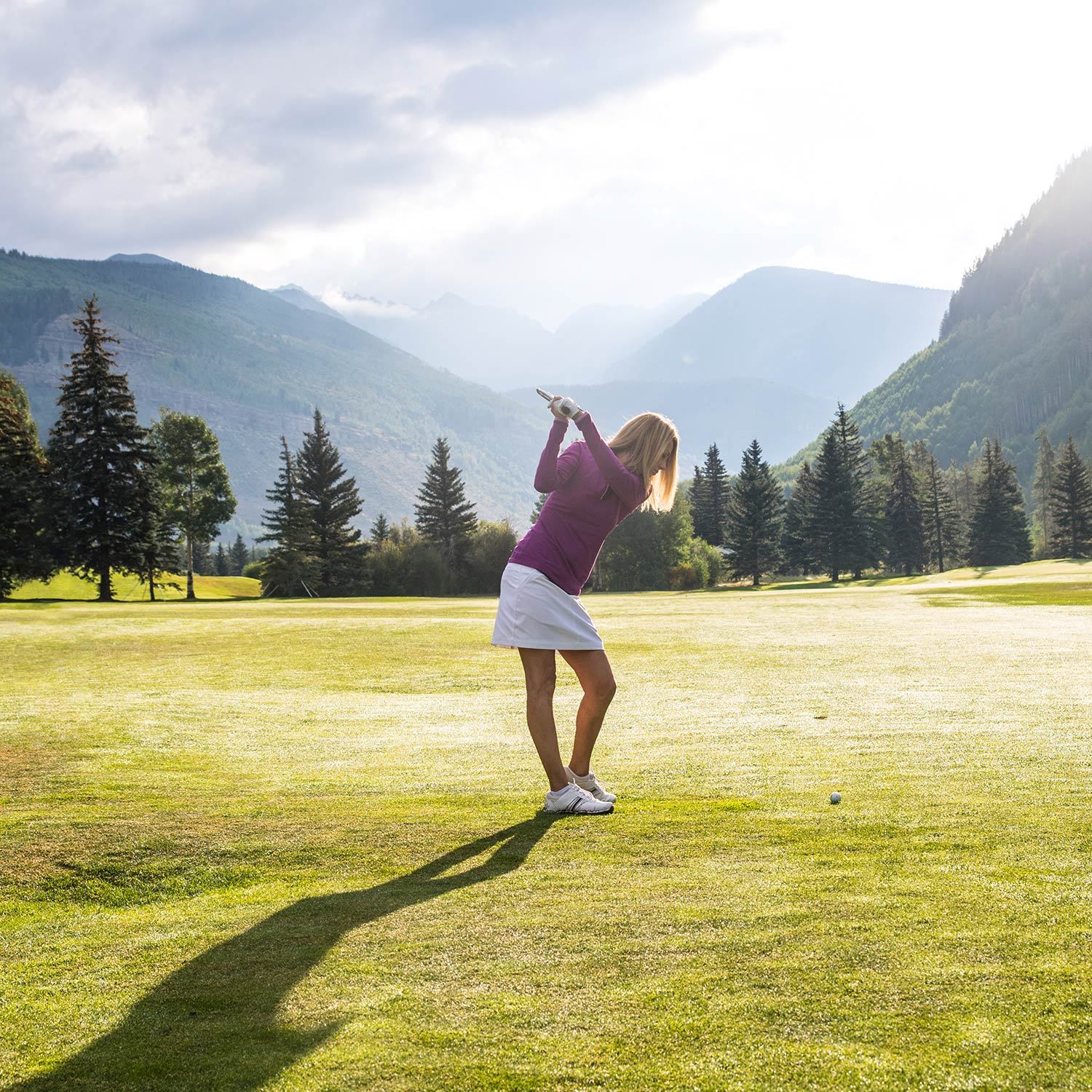
The Stories of Vail
Did you know…?
Giant Moose Sculpture
Moose are mighty and magnificent – but they can also be mean and dangerous, unlike Bullwinkle. Thankfully, this giant moose sculpture is quite friendly, particularly when it comes to snapping a photo or two with the beautiful beast. The bronze sculpture’s official name is “Bull in the Berm,” and it was created by self-taught Montana artist Sam Anton Terakedis. As you may have guessed, Terakedis is world-renowned for his bronze sculptures of North American wildlife.
Do Moose Ever Come into Town?
Moose do wander into town from time to time. If they get too comfortable and hang around too long, it’s safest for them and us to remove them. A young bull moose had to be removed from Lionshead Village in July 2021 when he kept hanging around the public parking garage for longer periods of time. The 750-pound moose was seen licking the garage walls, possibly attracted by the residual salts left behind from de-icing agents used in winter.
Although moose don’t usually become agitated around people, they do get agitated by dogs. Moose removal involves tranquilizing and relocating to a remote habitat suitable for moose.
What Are Some Moose Do’s and Don’ts?
- Do observe moose from a distance. Don’t go up to them. Don’t follow them. Simply observe from a safe distance away.
- Don’t feed them. Feeding moose, or any other wildlife, can be bad for the animals. It can have a negative impact on their health and natural behaviors while exposing them to predators and other dangers.
- Do keep your dogs leashed. Dogs and any other pets need to be kept on a leash or otherwise controlled at all times, especially if you’re in the mountains.
- Don’t disturb the moose, especially during sensitive times. These include when they are nesting, mating or raising their young. Disturbances when the moose are tending to their young can result in injury to you or disrupted care of the calves.
What Else Can You Tell Us About Moose?
Moose are herbivores, eating pretty much any type of vegetation they can get their mouths on. Their “moose” designation actually means “twig eater,” from the Algonquin words “moz” and “mons.” Moose hair is hollow, which helps them stay afloat while swimming. It also keeps them warm in the winter. Colder climates are a moose’s dream, which is why the snow-covered mountains around Vail are ideal in the winter.
Vail’s summer temperatures are also tolerable for moose, and the beasts can always head to a body of water to cool off if things get too hot. Although moose can live up to 20 years in the wild, more than half are typically killed as calves by bears, wolves and other predators.
Moose by the Numbers
- 10,000: Number of calories per day a moose needs to sustain itself
- 1800: Maximum weight moose can reach
- 771: Weight (in pounds) of the average female moose
- 881: Weight (in pounds) of the average female moose
- 8 to 10: Average length of a moose (in feet)
- 6: Width (in feet) of a bull moose’s antlers
- 20: How deep moose can dive underwater (in feet)
- 30: How long moose can stay underwater (in seconds)
- 6: How fast moose can swim (in mph)
- 5: Age of moose calf (in days!) when it’s able to run faster than a human
Join our newsletter
Sign up for the latest news and events
"(Required)" indicates required fields



